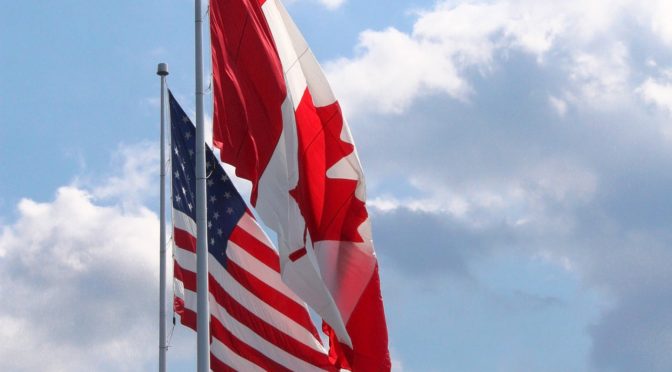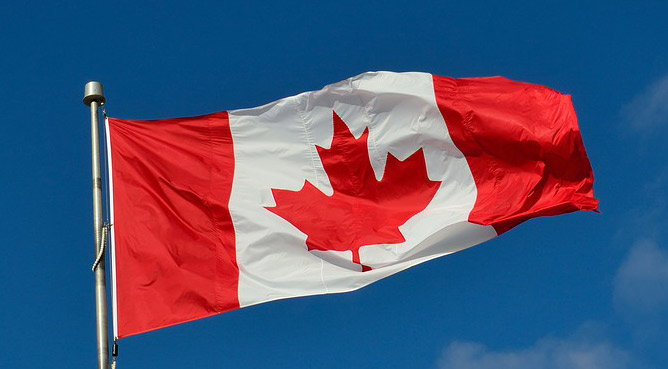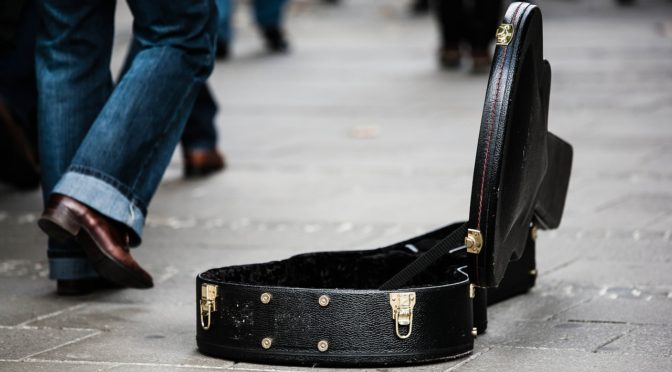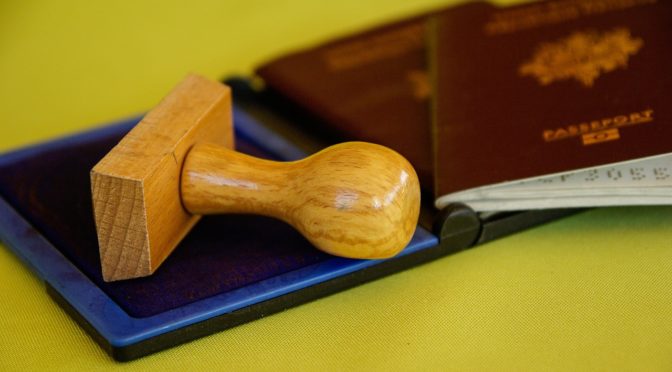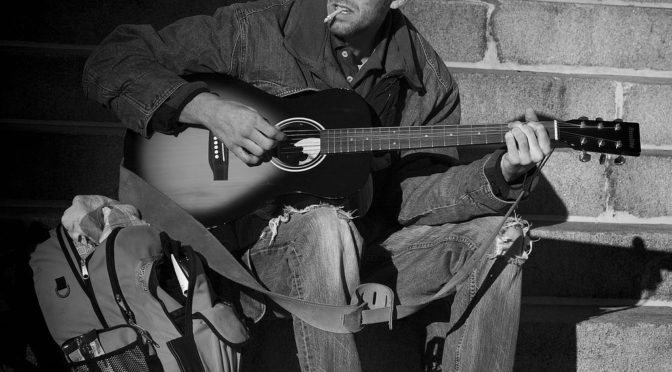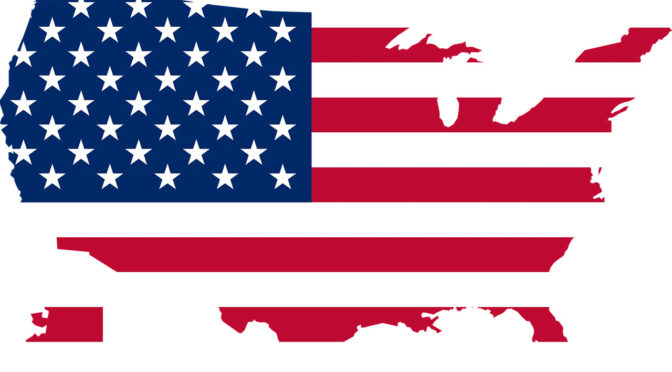by Robert Baird, President, BAM! Baird Artists Management Consulting
Pour la version française cliquez ici.
Crossing borders has never been easy: it can be nerve-wracking and tedious. However, with some knowledge and preparation, it can be simpler, quicker, and less stressful. Whether you are crossing from the US into Canada or from Canada into the US, if you do your homework well in advance, you should have few problems getting across that border.
Performers travelling from Canada to the US will need to have a temporary work visa (O or P visa). I highly recommend the P-2 visa available through the AFM. The musicians’ union has capable, experienced staff members who assist with the process. Also, the reciprocal exchange program under which P-2 visas are administered provides a streamlined procedure for AFM members.
Note that, even if you are not being paid to perform in the US, you still require this “work” visa because, for any and all performances, musicians are considered to be working in the US. Make sure that all group members qualify for entry: 75% of your band members must have been with the group for at least one year.
Performers travelling from the US to Canada do not require a work permit if they: are performing in Canada for a limited time, are not being hired for ongoing employment, and are not involved in making a movie, television, or radio broadcast. If your work does not fit this description, you need a work permit for Canada.
Examine issues of criminality for each member of the group. Any conviction, however minor, can cause problems. There are ways to deal with this issue well in advance. Look up “Ineligibilities and Waivers” on the US State Department website (travel.state.gov).
Investigate how to get your merchandise across the border. Send merchandise in advance via courier or mail, if you can. If you are carrying in promotional items, make sure they are properly labelled with country of manufacture and properly stickered (For example, “Promotional item: not for resale”). Have the invoice of manufacture with you, a customs invoice, and a NAFTA certificate. For smaller quantities of merchandise (less than $2,000 or CAN$2,500) you can use Informal Entry. For larger values of merchandise, use a customs broker.
If you are crossing a border with a large inventory of instruments and equipment, you should utilize a carnet (a passport for goods). You can acquire a carnet at https://www.atacarnet.com/what-carnet (US) or http://www.chamber.ca/carnet/how-to-apply-for-a-carnet/ (Canada). If you only have a small number of instruments and gear, get a CBP Form 4457 stamped at US Customs before you leave the US or a BSF407 (available at Canadian Customs), before you leave Canada. These forms are a record of what you are taking out of the country and will help to avoid problems re-entering.
Look into possible problems crossing the border with instruments containing endangered species. Avoid the risk of having your instrument confiscated because it contains these components. Check out the Musical Instrument Passport program http://www.fws.gov/international/permits/by-activity/musical-instruments.html.
You should also consider the logistics of transporting instruments, especially if you are flying. Make sure you know your airline’s baggage restrictions (https://www.fim-musicians.org/airlines-list) regarding the transport of instruments.
Make sure that all of your documents are in order. Passports should extend beyond performance dates (passports from some countries have to be valid for six months beyond the travel period to the foreign country). When approaching border officials, have passports open to the photo page. For entry into the US, also bring a copy of your original P-2 Visa Approval Document (I-797 Form).
Think about strategies for dealing with border officials. Rehearse straightforward answers to typical questions you might be asked. Coach everyone to be honest and forthright. Answer questions succinctly and do not volunteer unnecessary information. Be respectful and avoid complaints, commentary, and jokes.
Remember that crossing a border is a privilege and is at the discretion of the border officers. Greeting the officer with documents that are complete and in order and honestly disclosing the purpose of your visit will make the official’s job a little easier and will help ensure a streamlined border crossing.
With knowledge about the regulations for performing in another country, advance preparation, and common sense, border crossing can indeed be easier.
Robert Baird welcomes your questions. You may contact him by email: robert@bairdartists.com.


